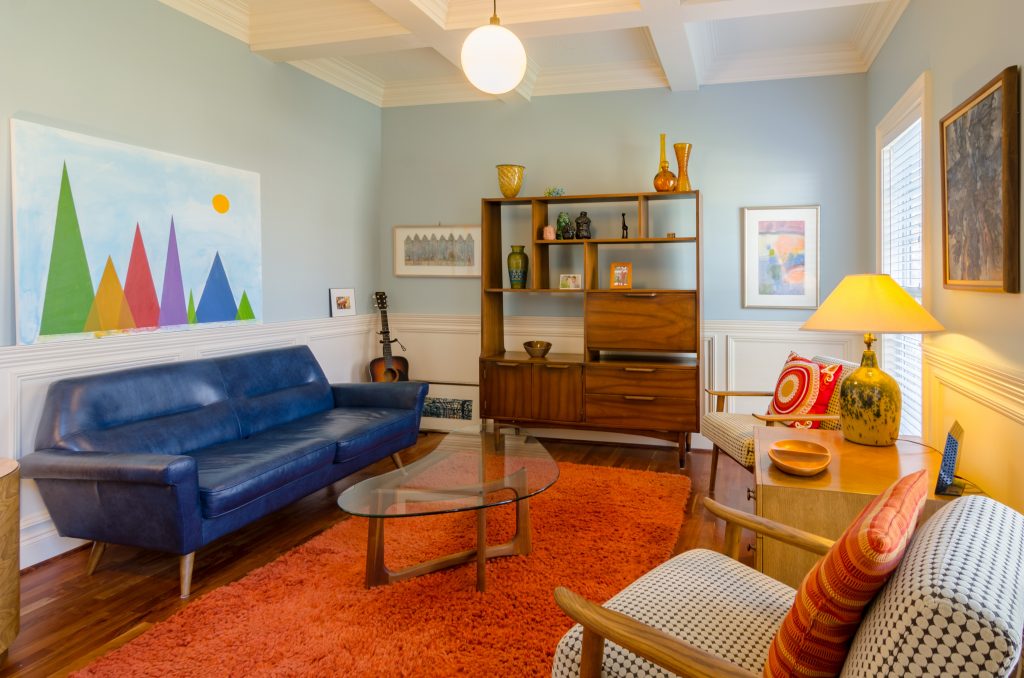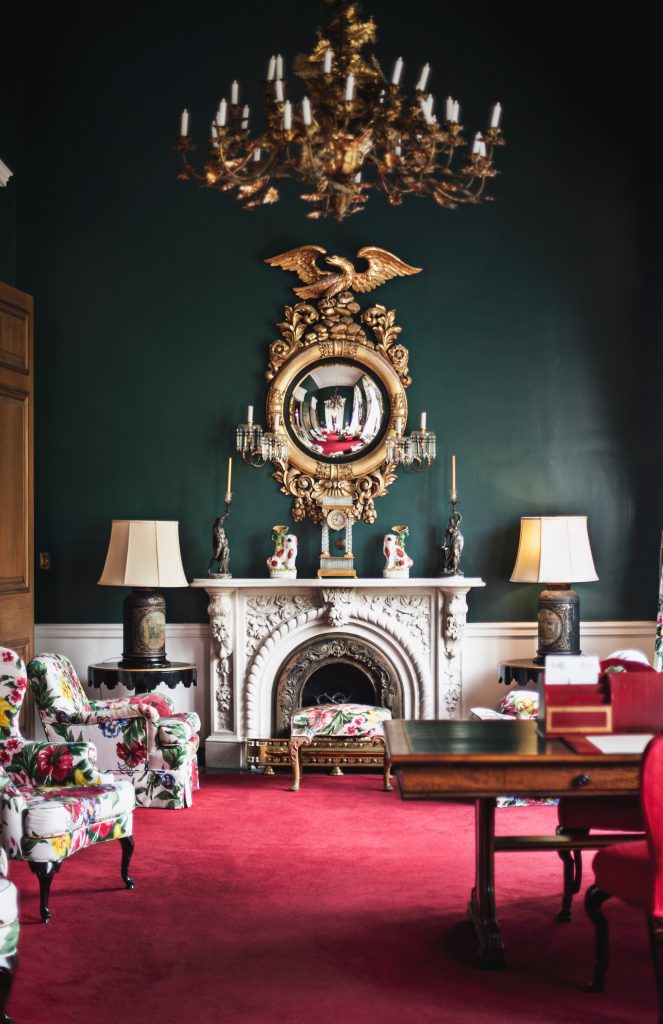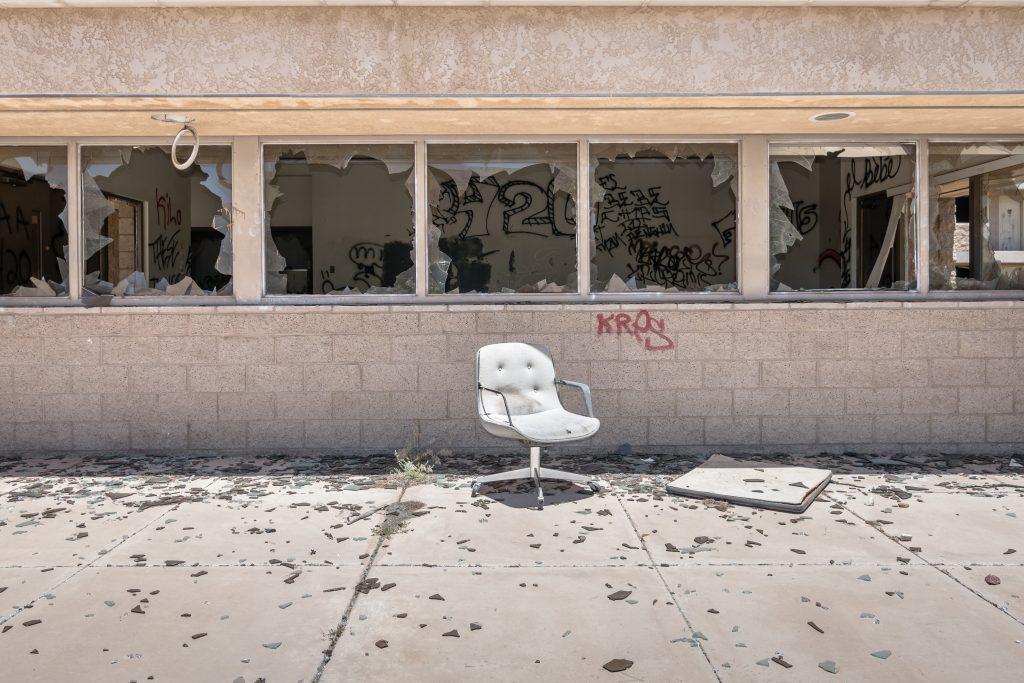I remember once hearing of a young man who wanted to impress his girlfriend by designing the interiors of their shared apartment. As he put it, he spent many months of self-study teaching himself “interior design.” Once reasonably familiar enough to execute, he forked over his credit card at Design Within Reach and also meticulously surfed the web to source as many of the famous Mid-Century Modern pieces he had learned about in those many hours of study. He seemed only too pleased with himself , and justified this great expense in money and time with the conviction that not only were such well-made pieces worth the investment, but that he was doing it all to build a comfortable life for his partner. Surely, his girlfriend could only be grateful and revere such a great catch, right?

Well, despite such efforts and expense, it wasn’t long before his girlfriend turned around and walked out of that shared apartment door. Now, one might be inclined to feel sorry for the poor guy if it weren’t for his severe lack of self-awareness. As we say in Texas, where I was born and raised, “Bless his heart.”
Turns out, his girlfriend was not so appreciative of the fact that he basically redecorated their entire apartment—a shared space that was supposed to represent a coming together of two lives—to look like a glorified bachelor pad (What is it with men and MCM, anyway?!?!). A word to the wise, please don’t use the lame excuse of trying to ingratiate yourself to your partner as a stalking horse for your own self-serving interests. Please!
In any case, despite the expense, the final décor was lacking in so many ways. Of course, if he had hired a competent interior designer, he could have saved himself many thousands of dollars—and, who knows, possibly even his relationship? But I digress.
This story is shared not to illustrate how an interior designer could have closed the divide between two people to produce a stunning design that reflected both of their personalities and tastes (Although designers certainly harbor such supernatural powers, I assure you!), nor is to denigrate MCM design (it’s not always my cup of tea, but even I can’t deny the skillful ways in which the iconic designs of the period were so successful in fusing form and function). Instead, I share this story because it really emphasizes the confusion that lay people have about what interior design is, and is not.

Mr. Great-Catch above said he spent many hours learning “interior design.” Yet, in seeing the finished space it was obvious that it wasn’t designed at all. Other than the running thread of famous designer MCM furnishings, the only thing holding the scheme together were occasional splashes of red to tie in with the colors of his alma mater (It’s not clear if his girlfriend attended the same school, as well).
I’ll refrain from sharing images to protect privacy, but let me tell you, there were many things wrong! First, while the scale of the furnishings within the space was fine, the proportions were not quite right. There were also not enough groupings to accurately fill the open concept apartment. There were many items positioned against the walls, which works fine in smaller spaces, but here left vast expanses of unused floor space within and between each “area.” Each functional area seemed to have no relation to the other, and so the entire apartment looked disjointed.
As engrossing as the interpersonal drama of a young couple may be, the point I want to underscore is this: The collection and arrangement of sundry furnishings (“pieces”) does not constitute interior design. This is especially important to understand in this day and age when advertising, branding, and industry have emblazoned specific items in the popular mindset. A random collection of furnishings is not interior design, whether they are name-brand designer pieces, valuable antiques, or anything else. A collection is just a collection, it is not a design.
An interior design is a concept. A vision, if you will. The development of a successful design for a space requires several considerations: architecture, size, geography, use, formality, occupancy, safety, etc. As I have said before, if interior designers are artists, then the design is their art. The numerous inputs listed above combine to form the framework—the canvas—upon which the beautiful decorative elements are applied. None of this is done willy-nilly, of course. All considerations must inform each other and be examined holistically. A design combines many disparate elements to create a unified, harmonious whole. While the inspiration can come from anywhere, the final design must be able to communicate that inspiration clearly.

A collection, on the other hand, is typically focused but not necessarily unified. For example, a collection of blue and white porcelain ginger jars can work well together easily, while a collection of comic books would require more meticulous arrangement to be displayed in a cohesive, pleasing manner. Further still, furniture collections can be extremely focused and highly specific, but individual pieces may not necessarily work well together. This can especially be the case for antique furniture, which by its nature is rare. Finding an entire coordinated suite of furnishings from before the 19th-century is extremely difficult, and so many collectors who focus on antiques may only be able to acquire unique pieces here and there.
And acquiring a collection is one thing, displaying it is another thing entirely. Unless you are able to pay for storing your items continuously (and depending on your devotion, conservatively), then your collection will need to be displayed in your house. That would mean your ENTIRE collection, whether it fits together visually or not. Unless you are planning to treat your house as a make-shift museum for your collection, then you will require special skill to arrange it all together in a way that is attractive and comfortable enough to accommodate your daily lifestyle (and not piss off your partner).

Most people don’t possess that skill. Eclectic interior design is one of the most difficult styles to pull off, and requires careful consideration and an extremely discerning eye to create a unified whole. Even museums have curators to manage and arrange collections around focused themes.
So, the next time you find yourself wanting to go out and drop a wad of cash on a bunch of “well-made” designer pieces, I advise that you have an actual plan. Your house isn’t the Metropolitan Museum of Art, it’s a place for you to live, to experience emotional highs and lows, to build memories with your friends and family. And for goodness’s sake, please clear it all with your partner, first!





